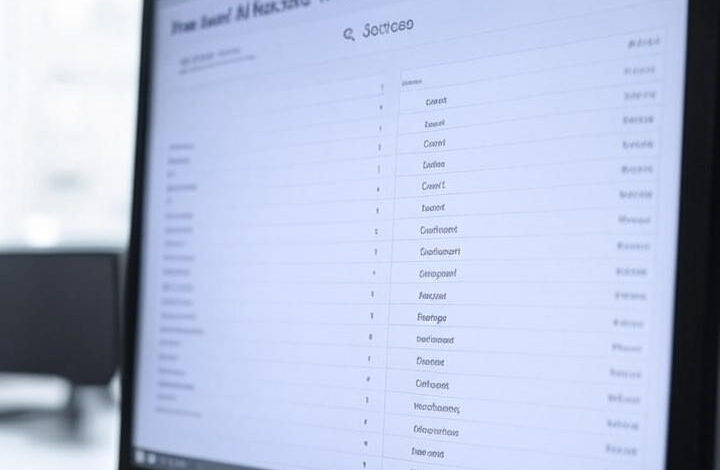Google Unveils New Sources Column in AI Max for Ad Insights

BREAKING NEWS: Google has just announced the launch of a new “Sources” column in its AI Max search term reports, a game-changing update for advertisers seeking clarity in ad traffic origins. This feature, rolled out earlier today, aims to provide crucial insights into the often opaque world of AI-driven ad matching, empowering marketers like never before.
The introduction of the Sources column will allow advertisers to understand whether their ad-triggering queries originate from user searches, AI expansions, or other mechanisms. This visibility is particularly vital as AI becomes increasingly central to digital advertising strategies. With greater transparency, advertisers can now identify inefficiencies in their campaigns, such as irrelevant matches generated by AI algorithms.
For instance, if a substantial portion of impressions arises from AI-expanded queries rather than direct user intent, advertisers can adjust their bidding strategies or refine negative keywords to minimize wasteful spending. The urgency of this update cannot be overstated: with digital advertising constantly evolving, being able to pinpoint the source of traffic is crucial for optimizing campaigns effectively.
NEW INSIGHTS FOR ADVERTISERS: This enhancement builds on the broader evolution of AI Max, which was designed to leverage machine learning for broader query coverage without relying solely on traditional keywords. As reported by Search Engine Land, the initial rollout of AI Max earlier this year provided advertisers with visibility into automated search performance. The new Sources column takes this a step further by explaining the “why” behind ad triggers, a critical element for making informed decisions in competitive sectors like e-commerce.
Advertisers have long demanded more control amid the rise of AI. Previous tools offered limited insights, but the Sources column now enables users to compare AI-generated traffic against organic searches, fostering greater experimentation. This granularity could inspire new approaches as advertisers explore how AI expansions can enhance their reach while maintaining relevance.
IMPACT ON CAMPAIGN OPTIMIZATION: Early adopters are already experiencing the benefits of the Sources column, which integrates seamlessly with existing metrics for a comprehensive view of performance. According to insights from Google Ads Help, activating AI Max requires simple toggles, though developers must manage API requests carefully to avoid errors—an important consideration for those integrating these features.
While critics acknowledge the improvement in transparency, some still express concerns about the unpredictability of AI. Advertisers worry that over-reliance on automated expansions may lead to brand safety issues, where ads appear alongside unintended queries. However, proponents argue that this column empowers advertisers with better oversight, potentially mitigating such risks through data-driven refinements.
LOOKING AHEAD: This development aligns with Google’s ongoing commitment to iterative improvements in its advertising ecosystem. Just months ago, AI Max introduced URL expansions and adaptive creatives, signaling a shift toward fully AI-optimized campaigns. The Sources column further enhances this by providing actionable intelligence that could significantly influence budgeting and strategy in an era where search behaviors are rapidly evolving due to generative AI.
For industry insiders, the real value lies in long-term analytics. By tracking source trends over time, advertisers can uncover patterns in AI behavior that will inform not only current campaigns but also future platform updates. Google, facing fierce competition from rivals like Microsoft Advertising, appears determined to sustain its dominance through these enhancements.
STRATEGIC ADVICE FOR ADVERTISERS: The Sources column represents a critical step toward balancing AI’s capabilities with human oversight. Advertisers are strongly encouraged to monitor these reports closely, integrating them with tools like negative keyword lists to maximize return on investment (ROI). As one marketing executive noted, this could be the key to transforming AI from a blunt instrument into a precision tool.
In summary, while not revolutionary, this update addresses a core pain point in the advertising landscape. It fosters a more collaborative dynamic between advertisers and Google’s AI systems, setting a new standard for transparency in automated advertising. As ongoing refinements are made, advertisers must adapt quickly to leverage these insights effectively.






